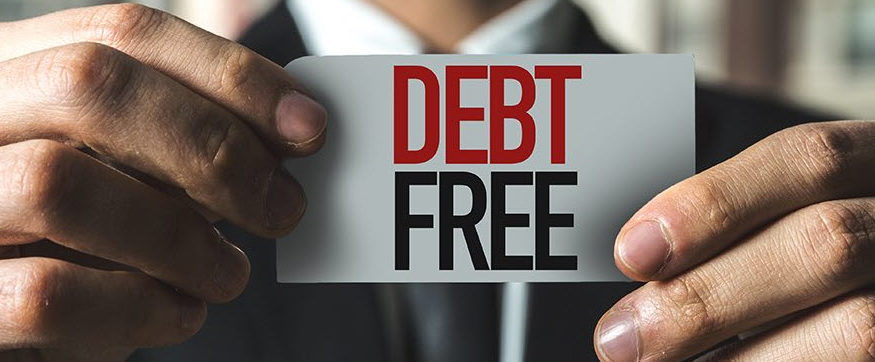How to find the best debt relief strategy for you
It’s hard to focus on work and improving your situation when you’re drowning in debt. Whether you’re a stay-at-home parent, looking for your next career move, or find yourself overworked with three jobs, debt is paralyzing.
Despite how you may feel, it is NOT more than you can handle. So how do you know which debt relief strategy is the right one for you?
Before you know where you’re going, you have to take a look at where you’ve been and where you are now.
Debt Relief: Your Individual Situation
Your personal finance situation will largely determine the best debt relief strategy for you. For example, if you’ve just secured a high paying job and are preparing to clean up some debt, your strategy will look a bit different than that of someone who has been unemployed long term. Factors include:
- Family status (marital status, dependents such as children)
- Age
- Work status (full-time, part-time, self-employed, retired)
- Income
- Tax status / amount of money you spend on healthcare
Create a financial snapshot of where you are. Do you have a savings account? A 401(k)? Assets? Money left over to pay down balances?
This analysis is critical before you know what works for you.
Bankruptcy Options
If you’re struggling, there are two personal bankruptcy options you may choose:
Chapter 7 Bankruptcy
Chapter 7 wipes out all of your debt. It leaves a major mark on your credit and can prevent things like home ownership, or acquiring a car loan. You may be eligible for this if you have little to no money left over after paying your basic living expenses.
Many do not qualify for this.
Chapter 13 Bankruptcy
Chapter 13 means you must pay back some of the debt, determined by the courts. Like Chapter 7, it hurts your credit score and affects your future – so do your research.
Debt Consolidation
Debt consolidation usually isn’t the best option, but it can limit the amount of stress you face. With this option, you can either take out a loan to pay off your debts (and then have one payment, repaying the loan), or shift your funds to one credit card and pay that card down. Instead of multiple bills and collection calls, you get one, and you only have to worry about that one bill.
This is only useful in certain situations, though, such as a major increase in income.
Debt consolidation can result in high interest rates, so it’s worth comparing those rates to the individual rates of your debts.
Pay Off Small Bills First
Got a lot of credit card debt? Interest and late fees can be huge problems. Your best strategy is to pay the minimums on your large balance cards, communicate with the credit card company that you intend to pay the minimum balance, close those high-balance cards, and pay off the small balance cards quickly. If possible, keep the low-balance cards open so you don’t further damage your credit score.
Tackle in this order:
- High interest, low balance
- Low interest, low balance
- High interest, high balance
- Low interest, high balance
Use Your Investments
It’s a risk, but you can also take advantage of the investments and assets you have to pay off debt. Examples of this would include remortgaging your home, getting a reverse mortgage, or emptying out your 401(k) – which comes at a very high penalty. Not only are you putting your future at risk with these investments, but the interest rates are extremely high.
Being in debt is not a positive feeling, but there are several strategies you can use – separately or together – to fight that debt. Take a look at where you are and figure out what works best for you.
Review detailed debt elimination strategies here.


Awesome I love this!